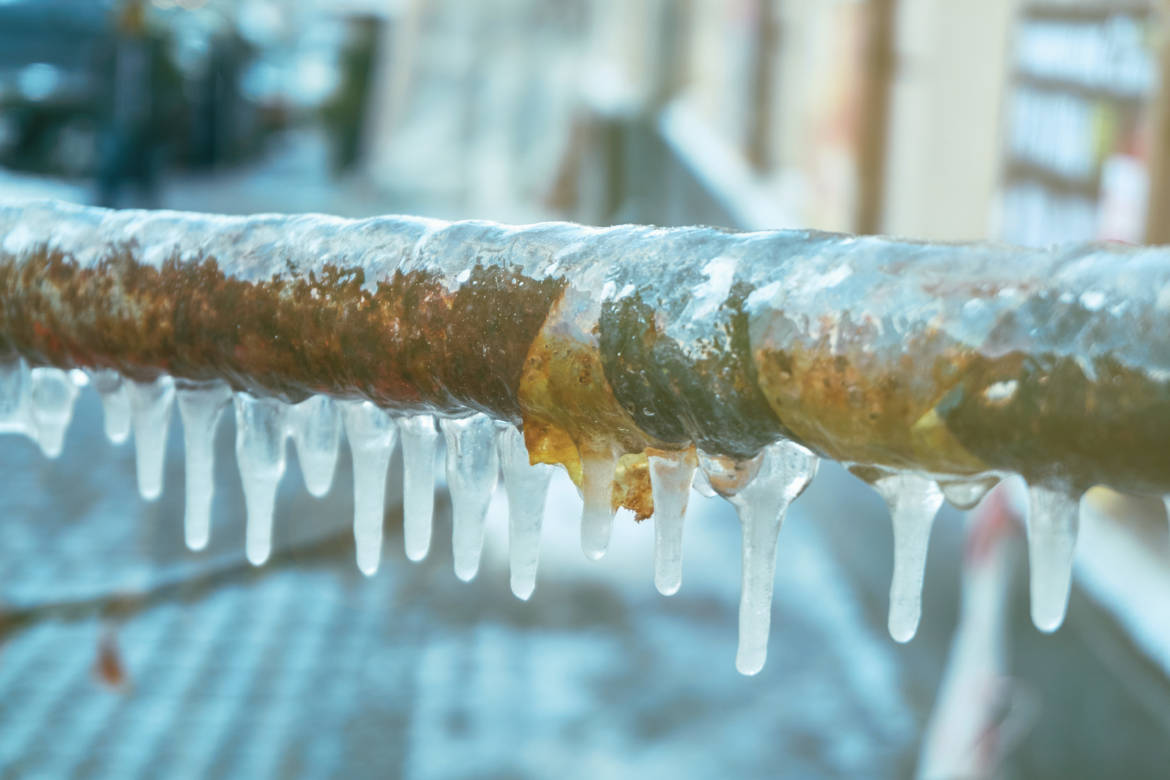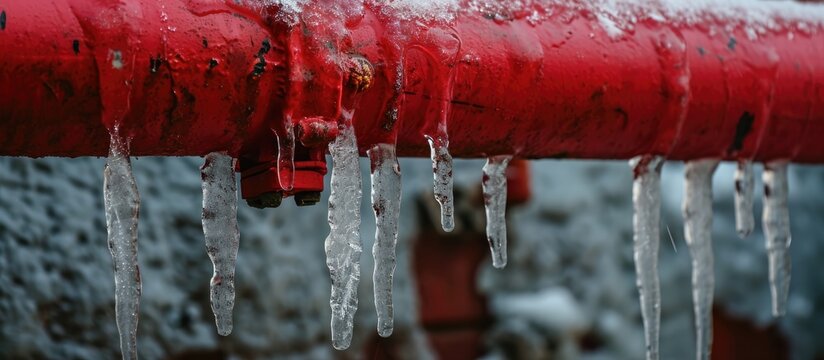Nearly everybody maintains their personal thinking involving How to prepare your home plumbing for winter weather.

Cold weather can ruin your plumbing, specifically by freezing pipes. Below's how to stop it from occurring and what to do if it does.
Intro
As temperatures decrease, the risk of icy pipelines increases, potentially bring about pricey repair work and water damages. Recognizing how to avoid icy pipelines is crucial for homeowners in chilly climates.
Comprehending Icy Pipelines
What creates pipes to freeze?
Pipelines ice up when revealed to temperatures below 32 ° F (0 ° C) for extended durations. As water inside the pipelines ices up, it broadens, putting pressure on the pipe walls and possibly creating them to burst.
Risks and problems
Icy pipes can cause water supply disruptions, home damage, and expensive fixings. Burst pipelines can flood homes and create considerable structural damage.
Signs of Frozen Pipes
Identifying frozen pipes early can prevent them from bursting.
How to recognize icy pipelines
Try to find reduced water circulation from faucets, unusual odors or sounds from pipelines, and noticeable frost on subjected pipes.
Avoidance Tips
Shielding at risk pipelines
Cover pipelines in insulation sleeves or make use of warm tape to protect them from freezing temperature levels. Focus on pipelines in unheated or exterior areas of the home.
Heating techniques
Maintain indoor areas properly heated, especially areas with plumbing. Open cabinet doors to permit cozy air to flow around pipelines under sinks.
Securing Outside Plumbing
Yard tubes and exterior faucets
Disconnect and drain pipes yard hose pipes before winter. Mount frost-proof spigots or cover outdoor taps with protected caps.
What to Do If Your Pipelines Freeze
Immediate activities to take
If you think icy pipes, maintain faucets open to eliminate stress as the ice thaws. Make use of a hairdryer or towels soaked in hot water to thaw pipes gradually.
Long-Term Solutions
Architectural changes
Take into consideration rerouting pipelines away from outside wall surfaces or unheated areas. Add extra insulation to attic rooms, cellars, and crawl spaces.
Upgrading insulation
Buy top notch insulation for pipelines, attics, and wall surfaces. Proper insulation assists preserve regular temperatures and reduces the threat of frozen pipelines.
Final thought
Preventing icy pipes needs aggressive steps and fast responses. By recognizing the reasons, indications, and safety nets, homeowners can safeguard their pipes throughout cold weather.
6 Proven Ways to Prevent Frozen Pipes and Protect Your Home
Disconnect and Drain Garden Hoses
Before winter arrives, start by disconnecting your garden hoses and draining any remaining water. Close the shut-off valves that supply outdoor hose bibs and leave the outdoor faucet open to allow any residual water to drain. For extra protection, consider using faucet covers throughout the colder months. It’s also important to drain water from any sprinkler supply lines following the manufacturer’s directions.
Insulate Exposed Pipes
Insulating your pipes is an effective way to prevent freezing. Pipe insulation is readily available at home improvement stores and is relatively inexpensive. Pay close attention to pipes in unheated areas such as the attic, basement, crawl spaces, or garage. Apply foam insulation generously to create a buffer against the cold. You can also wrap your pipes in heat tape or thermostat-controlled heat cables for added warmth.
Seal Air Leaks
Inspect your home for any cracks or openings that could let in cold air. Seal any holes around the piping in interior or exterior walls, as well as the sill plates where your home rests on its foundation. Additionally, make sure to keep your garage door closed unless you’re entering or exiting. Leaving it open creates a significant air leak that can lead to frozen pipes.
Allow Warm Air Circulation
During cold snaps, it’s essential to allow warm air to circulate evenly throughout your home. Leave interior doors ajar to promote better airflow. Open kitchen and bathroom cabinets to help distribute heat consistently around the rooms. If you have small children or pets, be sure to remove any household chemicals or potentially harmful cleaners from open cabinets for safety.
Let Faucets Drip
A small trickle of water can make a big difference in preventing ice formation inside your pipes. When temperatures drop significantly, start a drip of water from all faucets served by exposed pipes. This continuous flow helps prevent the water from freezing. Additionally, running a few faucets slightly can relieve pressure inside the pipes, reducing the chances of a rupture if the water inside does freeze.
https://choateshvac.com/6-proven-ways-to-prevent-frozen-pipes-and-protect-your-home/

I hope you liked our article on How to Prevent Your Pipes From Freezing. Thanks for taking time to browse our article. Loved our write-up? Please share it. Help other people discover it. Thank-you for going through it.
Visit My Website